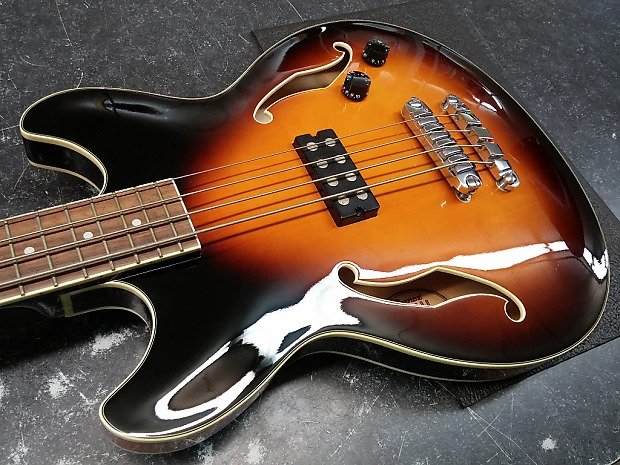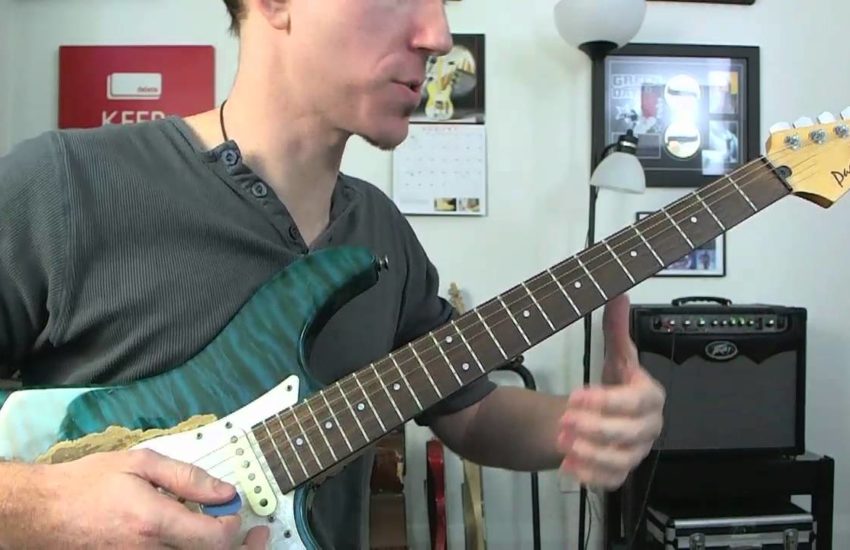We are all aware of the fact that humidifying an acoustic guitar is extremely important to prevent wood separation and cracks on the instrument. But is it the same about electric guitar? The truth is, for most electric guitars, it is not necessary to have humidification except for some of the semi hollow body ones. However, if you ask the experts of music shop Brisbane, you will find them divided on this opinion. There are many sources which will tell you that humidifying an electric guitar is important. So we will let you decide on what’s best for your instrument.
What is the importance of humidification?
All guitars are made of wood and are subjected to contraction and expansion given the change in temperature and humidity. This can affect the quality of the instrument – its finish, binding and other plastic parts – and eventually, it will impact the sound. The wood shrinkage is most commonly seen in the fingerboard of an electric guitar. While the manufacturing plants of this instrument keep them at 45 to 55 percent of humidity, it is not always possible to maintain the same at home or at the guitars stores of Brisbane. Sharp fret issues are common and requires regular repair but preventive humidification can help to slow down the process.
Why there is no need to humidify electric guitars?

When there is a solid body instrument, there is little reason to worry about the body wood in shrinking because they will not be moving much with the change in the humidity. However, when there is excess humidity in general, it is bad for any electrical components. Providing too much water on the wood part of the guitar will give contrasting results. Also, when you are keeping the instrument in a hard shell case instead of in a guitar stand can be one of the biggest reasons why there can be issues with humidifying the guitar.
Should you humidify a hollow body or a semi hollow body guitar?
There have been concerns with players what to do with dried out guitar because it creates a separation of the joints and the parts of the pieces which are glued together comes out. With the semi hollow and hollow body guitar there are many such joints on the instrument, specially on the top of an acoustic guitar. If you have guitars with semi hollow body and are made from plied materials, you do not have to worry much about joint separation because plywoods are incredibly strong and they do not create much changes in the structure with humidity differences. However, it is recommended to humidify an electric guitar which has an arched top with a solid top instead of a plied one. This is not a very common structure but can be found with vintage jazz and high-end guitars.
Why need a hard shell case?
If you want a humidifier to do any good to your electric guitar, it needs to be in a hard shell case. This will help to maintain the moisture in the closed area which the softshell cases cannot maintain.
Do I need to humidify an old guitar?
Contrary to the myth, drying out of acoustic or electric guitar is not exactly a bad thing. In fact, depending on the extent it is dried, acoustic guitar can give better sound. However, when the conditions get superdry or there are extreme fluctuations in the temperature, you need to keep an eye on the quality of the instrument. That said, it is not necessary to start humidifying old guitars which is not been used for a long time and has no such requirements. Humidification just for the sake of it can have opposite results.
In conclusion, there is not much necessity to humidify electric guitars. The ones which are in the dry climate will be experiencing some amount of shrinkage in the wood and will show fingerboard shrinking and leaving the sharp fret ends exposed.
If you find it’s confusing to understand on your own, you can bring it to the local repair shop and get it checked if at all humidification is required.

